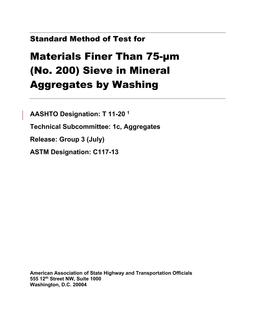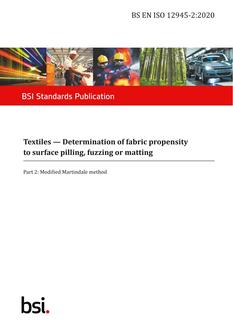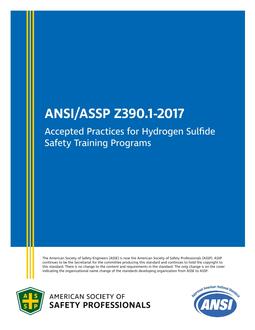
UL 873
Original price was: $998.00.$599.00Current price is: $599.00.
Temperature-Indicating and -Regulating Equipment
| Published by | Publication Date | Number of Pages |
| UL | 11/16/2007 | 192 |
UL 873 – Temperature-Indicating and -Regulating Equipment
Please note: All interim revisions for this edition available at time of your purchase will be included.
Temperature-Indicating and -Regulating Equipment
UL 873
1 Scope
1.1 These requirements cover electrical equipment for control of air-conditioning, heating, cooking, refrigeration, and humidity, rated 600 volts or less, to be used in ordinary locations in accordance with the National Electrical Code, NFPA 70.
1.2 These requirements cover general-use equipment for field-installation and controls intended to be factory installed on or in certain appliances as safety, limiting, or operating controls. These controls respond directly or indirectly to changes in temperature, humidity, or pressure to effect control of equipment or appliance operation. Devices covered by these requirements include:
a) Refrigeration Controllers – Humidistats for factory installation on or in refrigeration equipment; pressure, temperature, pneumatic pressure, motor, timer, bimetallic-heater, magnetically-operated controls, and the like, and combinations thereof in control panels with or without transformers. See 1.4.
b) Industrial Operating Controls – Temperature controllers for industrial, farm, and boiler room applications; snow melting controls; return-duct humidistats; humidity controllers; pneumatic pressure regulators; transformer (low-voltage secondary) relays; pneumatic pressure, bimetallic-heater, motor, timer, and magnetically operated sequence switches; stoker controls; indicating and recording controls; and motor operators for actuating air dampers. These requirements do not cover output connected apparatus such as dampers, linkages, or valves.
c) Residential Operating Controls – Room thermostats, room humidistats, and other operating controls for residential heating and cooling appliances.
d) Controls for Factory Installation on or in Appliances –
1) Controls as mentioned in (a) – (c) but specifically intended for use on, in, or as a part of the end-use equipment.
2) Electric water-heater controls intended to regulate or limit water temperature.
3) Other controls including door-interlock thermostats for self-cleaning ovens; baseboard heater temperature-limiting controls; humidifier controls; fan thermostats; and temperature-regulating and -limiting thermostats for electric heating equipment such as clothes dryers, air heaters, household and commercial cooking appliances, beauty-parlor equipment, steam and dry bath heaters, and ranges (controlling oven or surface elements).
1.3 Certain safety controls, and safety control circuits on operating controls, are investigated under the requirements in this standard, insofar as they apply, and also under the applicable requirements for limit controls.
1.4 The following devices are among those considered to be refrigeration controllers:
a) A control that either directly or indirectly controls the starting and stopping of a compressor motor of refrigeration or air-conditioning equipment because of variations in temperature, pressure, refrigerant level, or the like.
b) A pressure limiting device and a defrost temperature-limiting device for refrigeration or air-conditioning equipment.
c) An auxiliary device, such as a defrost timing control, a defrost temperature regulating control, a start winding relay for a compressor motor, a control or defrost or heat pump change-over, fan or pump motor, vane or load capacity regulator, or a similar device that primarily serves refrigeration or air-conditioning equipment.
d) A control panel that, incorporates one or more of the functions described in (a) – (c) for programming refrigeration or air-conditioning equipment.
1.5 A wall-mounted room thermostat not intended for mounting in or on refrigeration or air-conditioning equipment is investigated as a thermostat and not as a refrigeration controller.
1.6 Industrial temperature-indicating and -regulating controls include controls that are intended, among other applications, for installation in or on industrial apparatus, or for boiler or furnace room, farm, outdoor, and comparable locations that may not always be clean and dry.
1.7 A residential control is one intended for indoor comfort control use in clean, dry, nonindustrial environments, such as dwellings, offices, and stores.
1.8 A humidistat is investigated in the same manner as a thermostat.
1.9 Requirements for controls intended to be factory installed on or in appliances may include requirements appropriate for the end-use appliance. The spacing requirements for several such controls are specified in Table 32.1.
1.10 These requirements do not cover primary safety or limit controls for gas, oil, or electric-fired central-heating furnaces or boilers; duct heaters; oil or gas burners; or stokers; nor do they cover controls for oil pumps and oil level regulators; boiler-feed or low-water cut-offs; or furnace fan or boiler circulators.
1.11 These requirements do not cover low-voltage thermostats, damper controls or similar devices intended for connection only to a low-voltage circuit of limited power supplied by a primary battery or by a Class 2 transformer. An assembly consisting of a line-voltage transformer with a low-voltage secondary incorporated as an integral part of a control, such as a thermostat or a damper control, is considered to be within the scope of these requirements. See 6.1.
1.12 A product that contains features, characteristics, components, materials, or systems new or different from those covered by the requirements in this standard, and that involves a risk of fire or of electric shock or injury to persons shall be evaluated using appropriate additional component and end-product requirements to maintain the level of safety as originally anticipated by the intent of this standard. A product whose features, characteristics, components, materials, or systems conflict with specific requirements or provisions of this standard does not comply with this standard. Revision of requirements shall be proposed and adopted in conformance with the methods employed for development, revision, and implementation of this standard.
Product Details
- Edition:
- 12th
- Published:
- 11/16/2007
- Number of Pages:
- 192
- Note:
- This product is unavailable in Ukraine, Russia, Belarus




